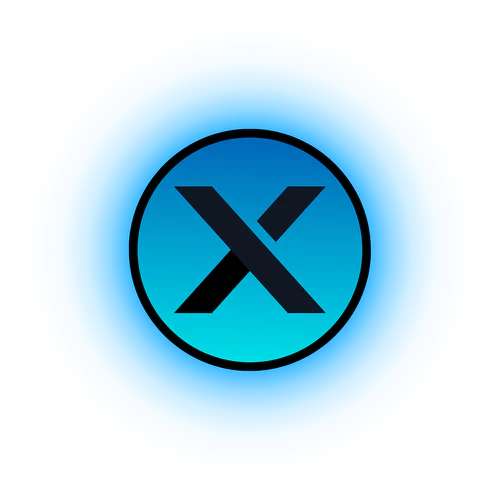
XNET
XNET is a decentralized mobile network protocol on the Polygon blockchain, offering full-service voice and data capabilities as a Mobile Network Operator. It uses $XNET and $XNETD tokens for network building and utilization, respectively, bridging the worlds of telecom and blockchain technology.
Categories:
DeWi
Updated:
2023-04-03
Tags:
Proof of Connectivity
Ticker:
XNET
Token Strength.
Token Utility:
$XNET Rewards: Used to reward node operators and validators for participating in creating and securing the network. Burning: Burning $XNET is the only way to create $XNETD, the on-chain payment/accounting system for data on the XNET network. $XNETD Payment System: $XNETD is used as the on-chain payment/accounting system for data on the XNET network. Burning: Burning $XNETD is the only way to pay for XNET data/voice services.
Demand Driver:
Burn Utility: Users of the network are incentivized to buy and burn $XNET to create $XNETD, which have different values based on demand in their respective regions. This drives sustained token demand. Revenue Distribution: Mobile network operators (MNOs) buying connectivity or data from the network in fiat will see 40% of the amount used to buy and burn $XNET, providing an incentive for holders to keep the tokens.
Value Creation:
The value of XNET lies in its unique proposition of offering a full-service voice and data network on the Polygon blockchain, positioning itself as a true MNO. Unlike other DeWi projects, XNET leverages blockchain security to provide reliable and censorship-resistant connectivity, incentivizing contributors with its two tokens. XNET's intersection of legacy telecom and blockchain tech creates innovation opportunities in the mobile networking industry
Value Capture:
Value accrual to token: $XNET token captures value through its demand-based pricing mechanism, which assigns a cost in $XNETD to put data on the network. This pricing is proportional to the rewards paid for connectivity mining in that zone, allowing the token to map the value created via the supply and demand dynamic. Value accrual to protocol: XNET protocol captures value through emission and allocation of $XNET to reward actors and incentivize different pools. This value accrues to the protocol treasury and can be utilized for further development and growth of the network. Additionally, the valuable data on the network can be sold to legacy MNOs, further increasing the value captured by t
Business Model:
The business model for XNET protocol: Revenue comes from: Legacy Mobile Network Operators purchase data/connectivity from XNET, and users pay XNET to use the network. Revenue is denominated in: $XNET, which are mined by node operators and validators and distributed to different pools. Fiat: Operator buying data Revenue goes to: Node operators and validators as rewards for operating and securing the network, and XNETMNO for selling connectivity to other mobile operators. A percentage of the revenue is burned to create deflationary pressure on the $XNET supply.
Loading
Protocol Analysis.
| Problems & Solutions | Problem: Centralized mobile network providers have control over user data and charge high fees, while existing DeWi projects offer limited services. Solution: XNET protocol creates a decentralized mobile network on the Polygon blockchain as a full-service MNO. By using $XNET and $XNETD tokens, users can control their data and reduce fees. XNET's unique use of blockchain and telecom tech has the potential to revolutionize the mobile network industry. |
|---|---|
| Predecessors | The Things Network (TTN): a global, open-source LoRaWAN network that enables the building of decentralized IoT applications. The Helium Protocol - A decentralized wireless network protocol that utilizes blockchain technology to enable secure and low-cost communication and transactional capabilities for IoT devices. NKN (New Kind of Network): a blockchain-powered peer-to-peer network that aims to create a decentralized internet infrastructure for secure, efficient data transmission. |
Investment Take
... coming soon
Tokenomics Timeline.
2022-01-30
Website registration
30/01/2022 The XNET website gets registered
2022-09-26
Online shop opened
26/09/2022 The online shop opened on XNET website, allowing people to start buying nodes to build the network
2022-10-27
Phase X
27/10/2022 Announcement of Phase X following feedback from the community to increase the rewards for early builders.
Loading
Loading
Loading